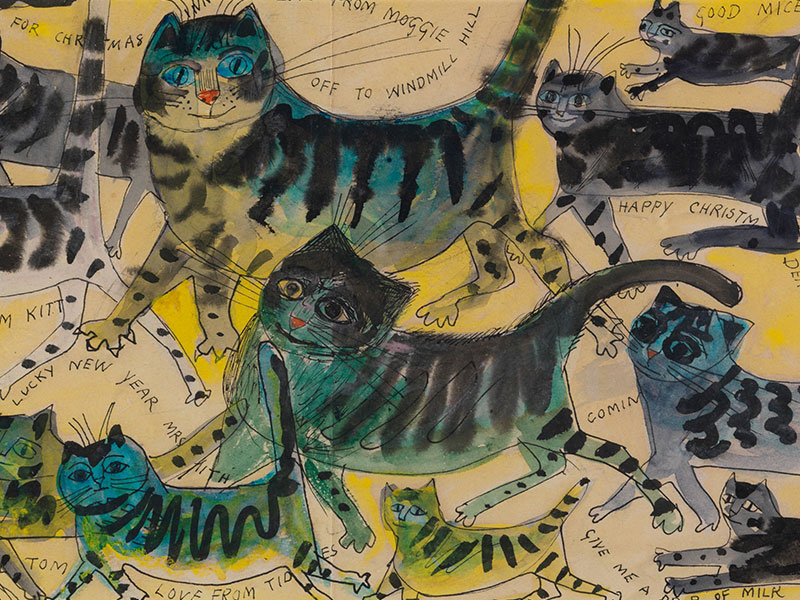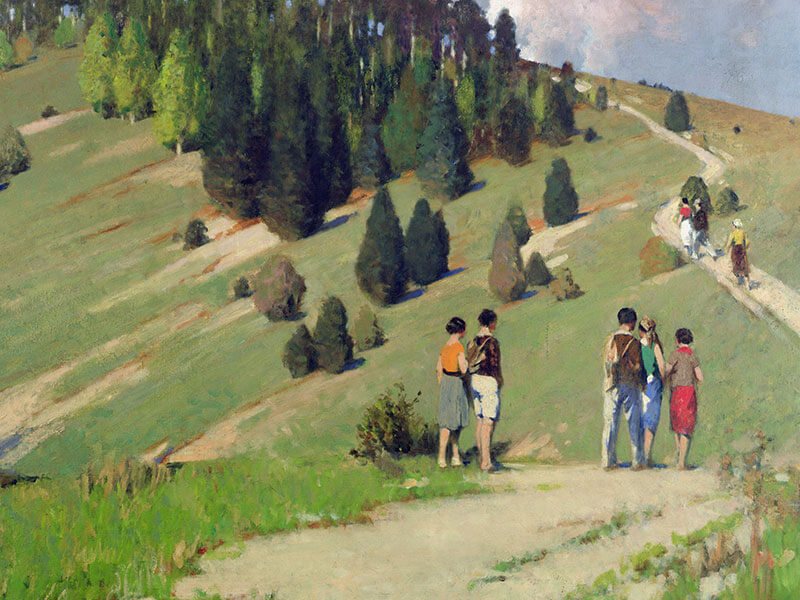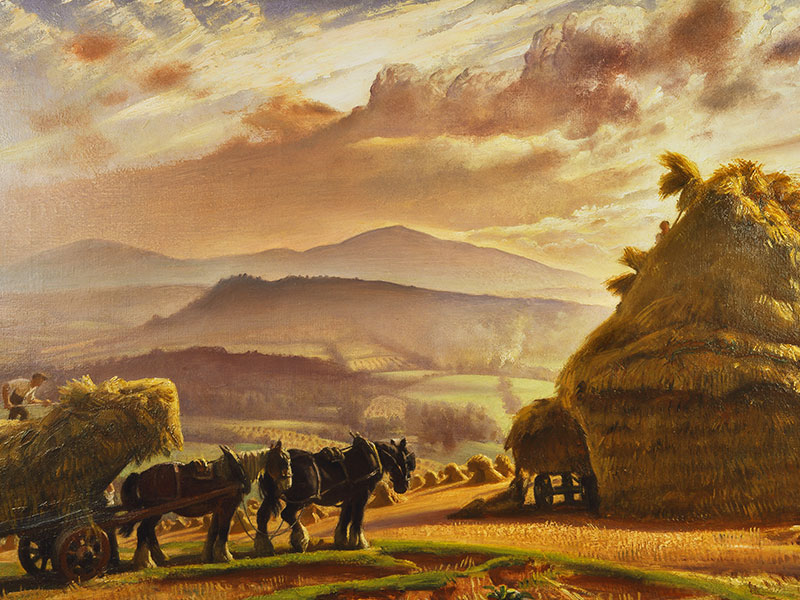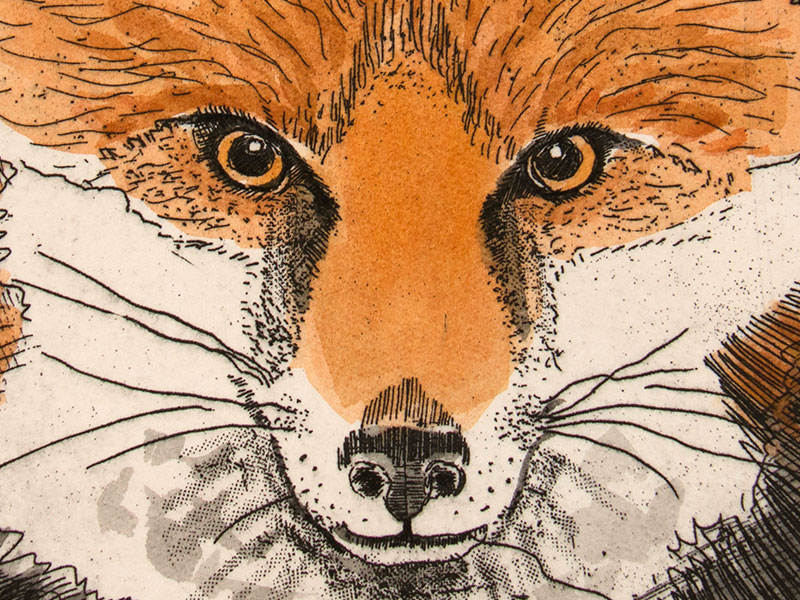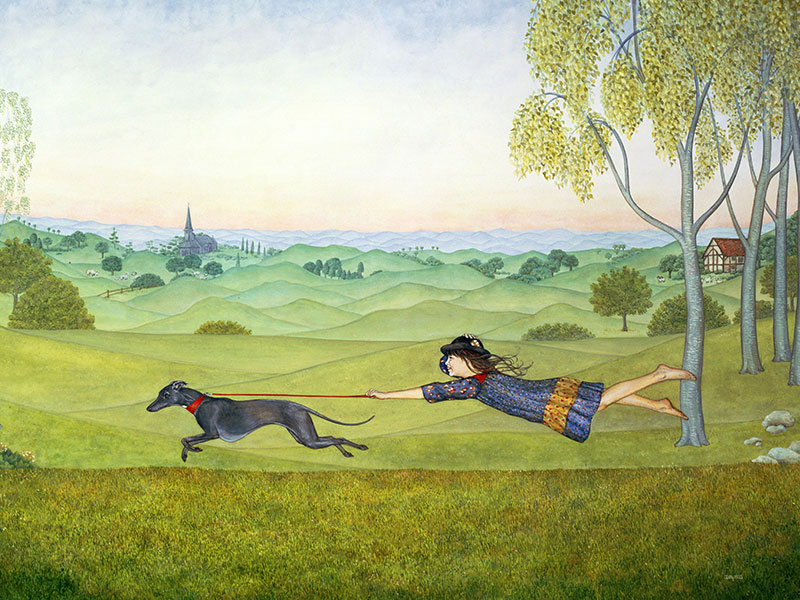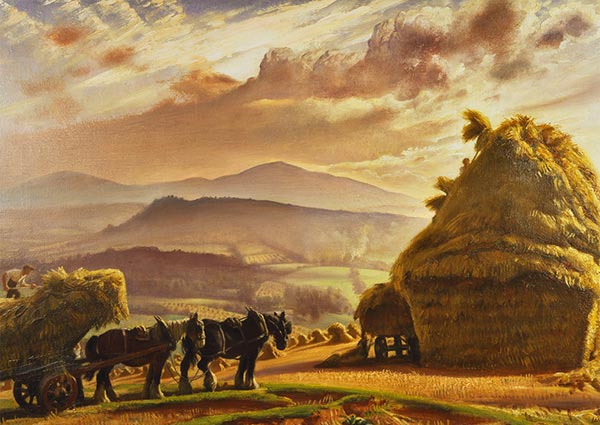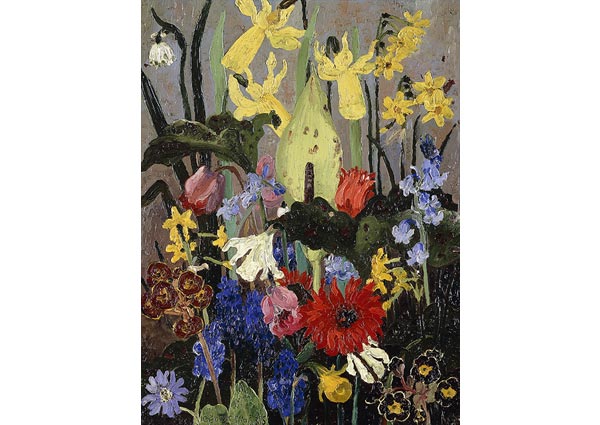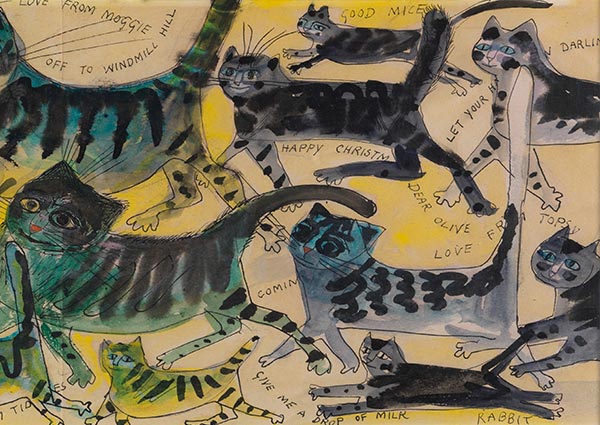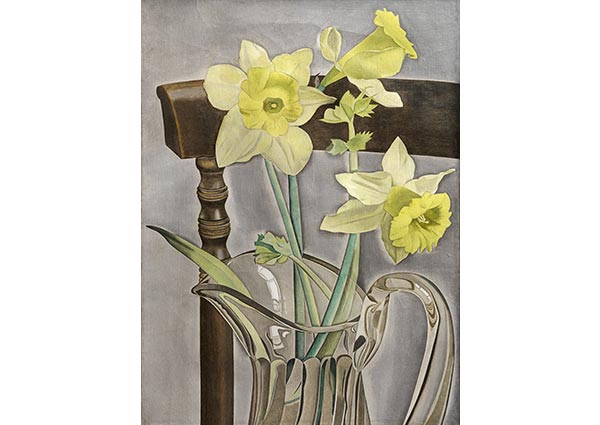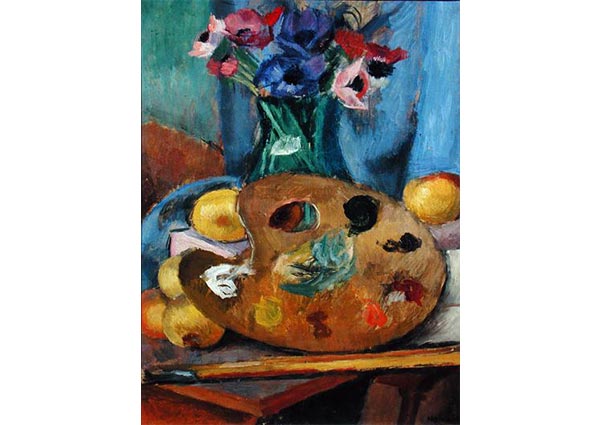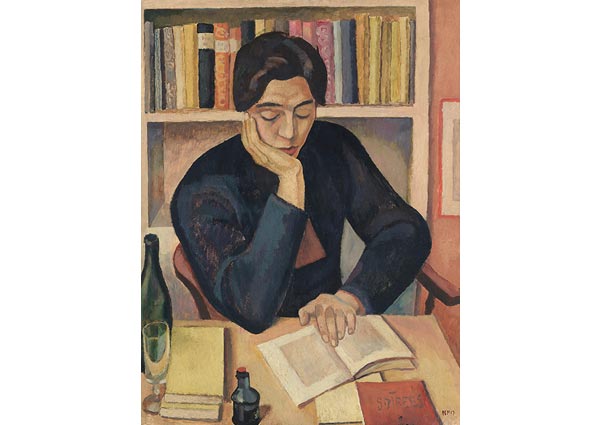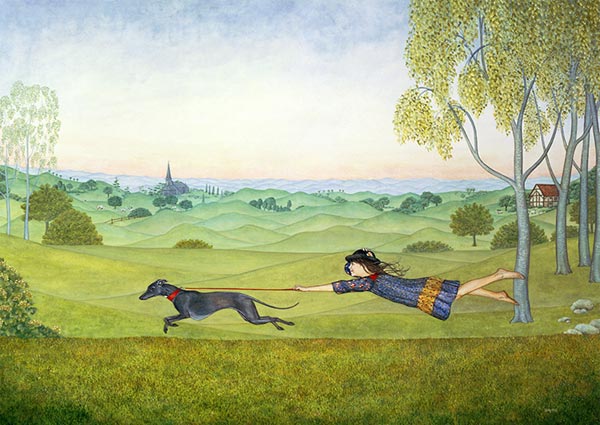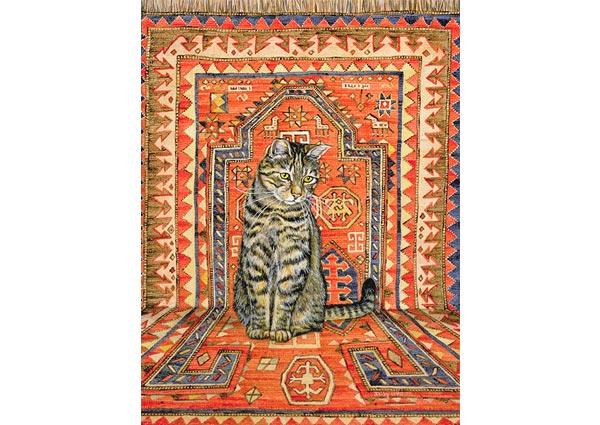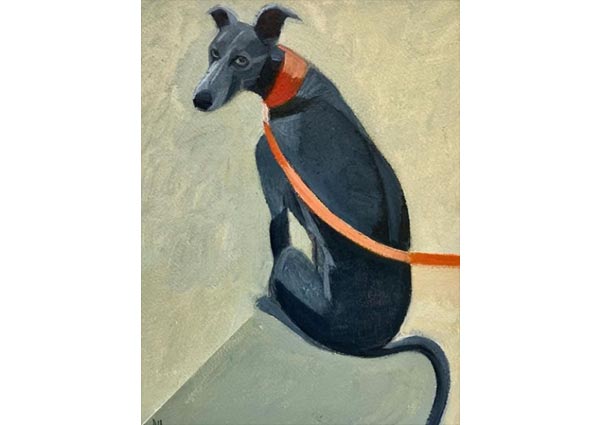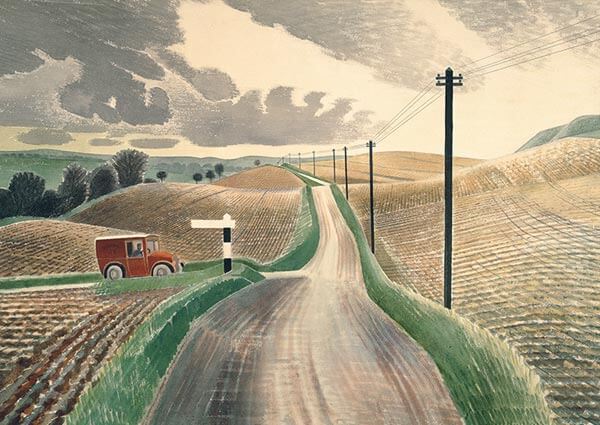Art Greetings Cards
Orwell Press Art Publishing are publishers and suppliers of Art Greeting Cards by local, well known and established UK artists, featuring work of Suffolk, Cambridge, Oxford, East Anglia, and London, as well as a collection of General Art Greetings Cards and Post Cards.
New Greetings Cards
Featured Artists
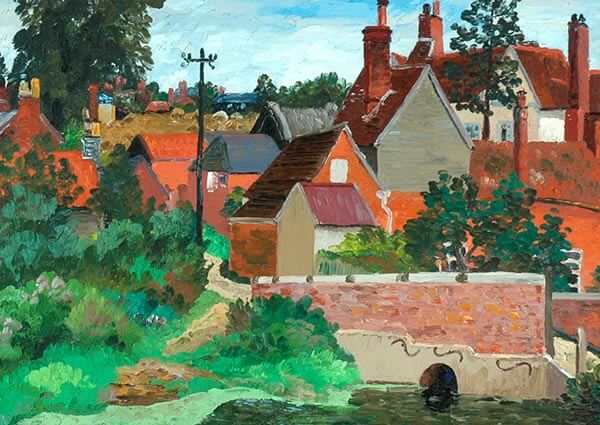
Cedric Morris
Cedric Morris was a British artist, art teacher and plantsman. He was born in Swansea in South Wales, but worked mainly in East Anglia. Cedric grew up in Sketty, South Wales. On leaving school he spent his younger years intermittently abroad, regularly travelling across Europe and North Africa, whilst renting studios in
Cornwall, Paris and London. In the 1930s, Cedric and his partner, the artist Arthur Lett-Haines made Suffolk their permanent base, moving to Pound Farm in Higham where his garden became much admired. Morris developed a post-Impressionist style for portraits, landscapes and highly decorative style for still-life.
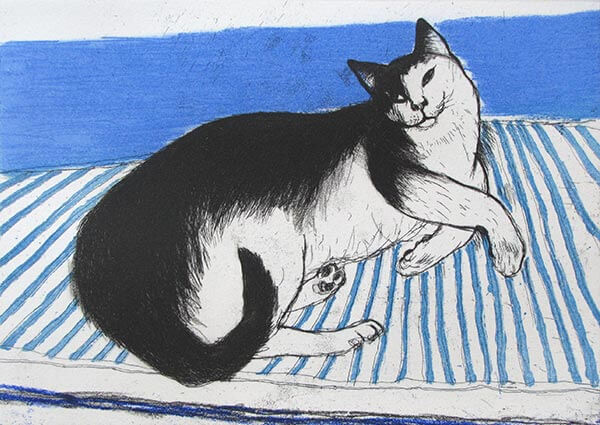
Dame Elizabeth Blackadder
Dame Elizabeth Blackadder is a Scottish painter and printmaker. She is the first woman to be elected to both the Royal Scottish Academy and the Royal Academy. She studied at Edinburgh College of Art and then in 1962 began teaching there and continued until her retirement in 1986. Blackadder works in a variety of media such as oil paints, watercolour, drawing and printmaking. She paints portraits and landscapes but her later work contains mainly flowers and her cats. Regular trips abroad, particularly to Japan, helped stimulate her interest in colour and pattern. Her work can be seen at the Tate Gallery, the Scottish National Gallery of Modern Art, and the Museum of Modern Art in New York, and has appeared on a series of Royal Mail stamps.
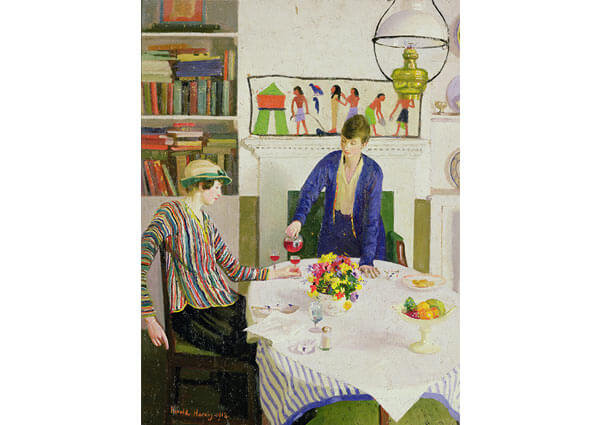
Harold Harvey
Harold Harvey was a Newlyn School painter who painted scenes of Cornish fishermen, farmers and miners and Cornish landscapes. He was born in Penzance and trained at the Penzance School of Arts and the Académie Julian in Paris. After completing his schooling in Paris, Harvey returned to Penzance and began working as an artist. In 1911, Harvey married fellow artist Gertrude Bodinnar and they settled in Newlyn. Gertrude became an artist in her own right in a wide range of visual and textile arts. Harvey never achieved his due critical acclaim. However, he was a regular exhibitor at the Royal Academy from 1898-1941 and held several one-man exhibitions in London, at the Mendoza Galleries, Barbizon House and the Leicester Galleries.
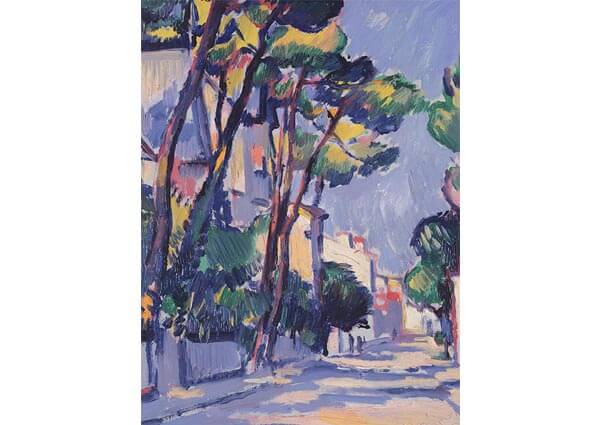
Samuel John Peploe
Samuel John Peploe was a Scottish Post-Impressionist painter, noted for his still life works. He lived almost all his life in Edinburgh, but he often visited France. He studied briefly at the Académie Julian, and made his home in Paris between 1910 and 1913. During this time in Paris he moved from an Impressionist style to one influenced by Cézanne and the Fauves. He was a member of the group known as the Scottish Colourists along with John Duncan Fergusson, Francis Cadell and Leslie Hunter.


